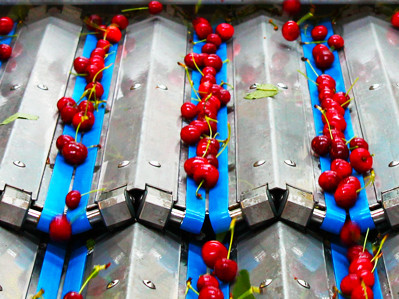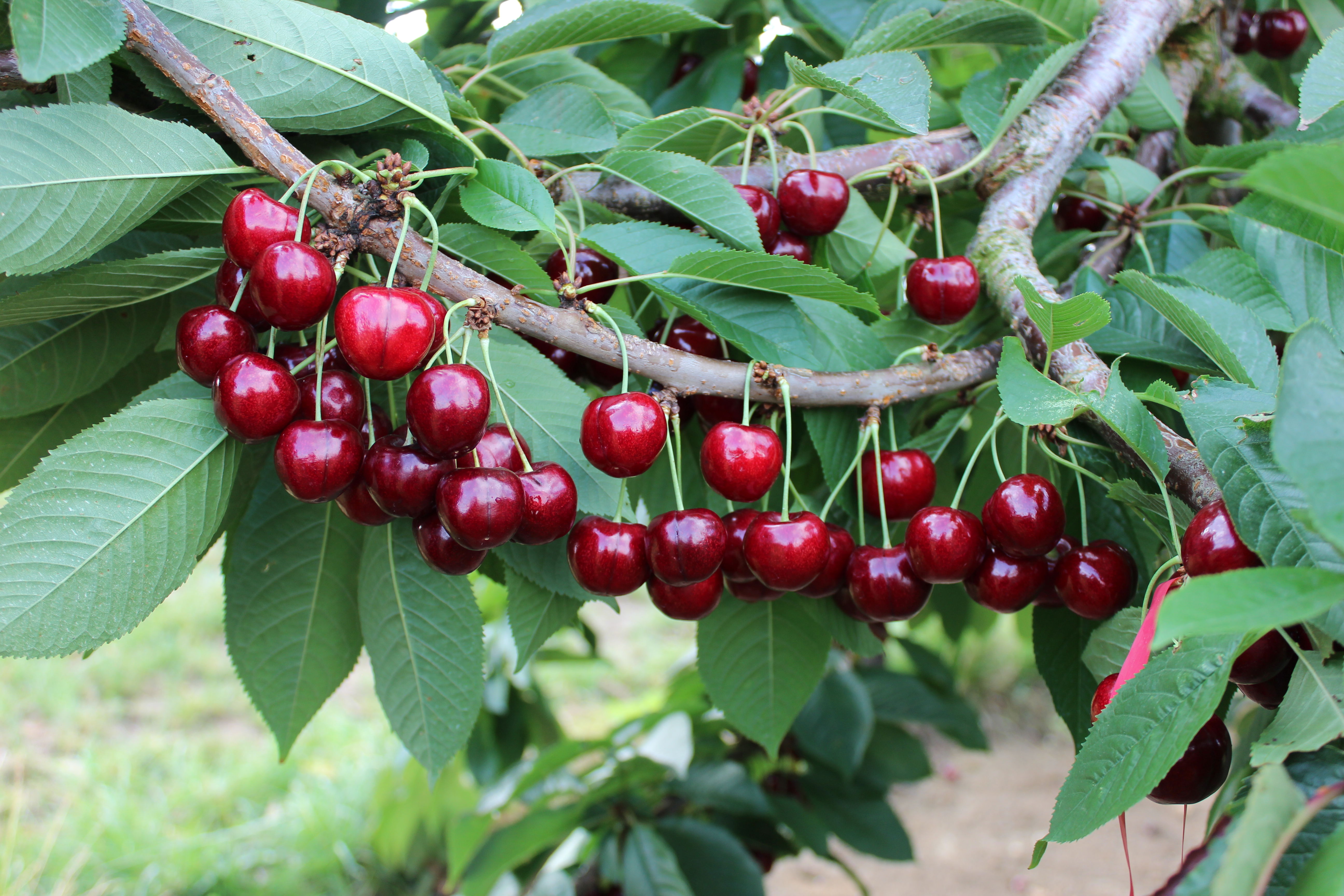Following the success of blueberry exports, Peru has begun searching for the next fruit to lead the sector and further consolidate the country's position as a global fruit supplier.
Many crops are still in very early stages of development; among the most promising are raspberries and cherries, whose commercial potential has already been demonstrated by major exporters such as Chile and Mexico.
Raspberries appear to be the fruit that has made the greatest progress in recent years. The first attempts at raspberry cultivation in Peru date back to 2009. However, the first export trials took place in 2018, when around 16 tons were shipped.
There have been further attempts since then, but due to the delicate nature of the fruit, numerous logistical issues have arisen. Producers initially aim to export fresh fruit, as it is more profitable. However, given current limitations, the focus is shifting toward frozen raspberry commercialization.
Raspberry development and production
The initial mistake seems to have been choosing the Heritage variety, the most widespread worldwide, but too fragile to be exported fresh from Peru: it requires a highly specialized cold chain to maintain its integrity.
Currently, Peru has between 50 and 60 hectares planted with raspberries, and a steady annual growth of 15% is expected as the learning process continues. Cultivation is concentrated in areas with sufficiently long cold windows, such as Arequipa, Cajamarca, Huacho, Huarochirí, and Cañaris.
The average production cost is around 79,000 soles per hectare (approximately €19,400). However, the import of genetic material and seeds remains very limited due to the absence of phytosanitary protocols. Procedures are currently being negotiated with supplier countries, such as Chile and the United States, through Peruvian health authorities.
The commercial value of raspberries is now well established. In 2024, around 530,000 tons of raspberries were exported globally, worth $4.8 billion (about €4.4 billion).

Raspberry prospects and market
This is an impressive figure, especially considering that blueberries — Peru’s flagship agricultural product — have an export market worth about $6 billion (€5.5 billion), but face much greater competition than raspberries.
Demand is strong in the United States, Canada, Western Europe, and even Asia. Moreover, Peru may have a potential competitive advantage: new varieties under trial could offer a year-round commercial window.
Despite a significant pause in export attempts, focus has now shifted to the domestic market. The second major push aims to export frozen fruit, at least until the knowledge, resources, and logistics required for fresh export become available.
The government is also taking an active role, setting up demonstration plots in Huaral to attract potential investors — especially those already experienced with similar crops like strawberries.
Cherries: outlook and challenges
As for cherries, the situation is somewhat more complex. Production is still at a much earlier experimental stage compared to raspberries.
Significant efforts are being made to introduce this crop, and there is already a wide range of genetic material available to identify the varieties best suited to Peruvian conditions.
However, the conditions have proven more challenging than expected, as Peru lies at warmer latitudes than other successful cherry-producing countries like Chile. This presents a problem, since cherries require a minimum number of chill hours, which are not reached in already developed farming areas such as the Peruvian coast.
As a result, trials are being concentrated in specific valleys.
Global cherry market
There is very high interest in the success of this crop. In 2024 alone, nearly one million tons of cherries were exported worldwide, worth around $6.5 billion (approximately €6 billion).
Chile holds almost 49% of the global market, so while competition exists, it is not as fierce as for other products. Today, the main importer of cherries is China, which absorbs nearly 56% of the global market, and its main supplier is Chile.
As a result, if Peru manages to produce cherries on a large scale, it could compete directly — especially considering the logistical advantage of the port of Chancay, which offers a direct route to China.
For this reason, efforts continue, and major companies like Camposol, Complejo Agroindustrial Beta, and Agrícola Andrea are conducting trials in regions such as Ayacucho, Arequipa, and Áncash.
Moreover, the government has pledged to facilitate the import of genetic material in the short term and expects large-scale exports to begin within about two years.
This would mark a historic milestone for Peru as an agro-exporting power, given the high profitability of this crop.
Text and image source: agraria.pe
Cherry Times - All rights reserved













